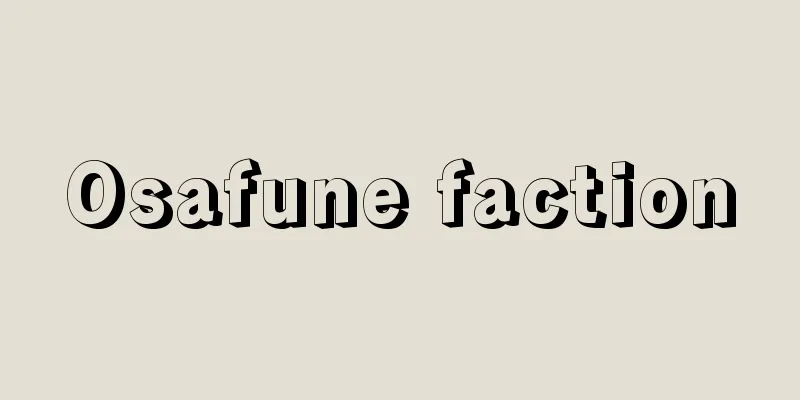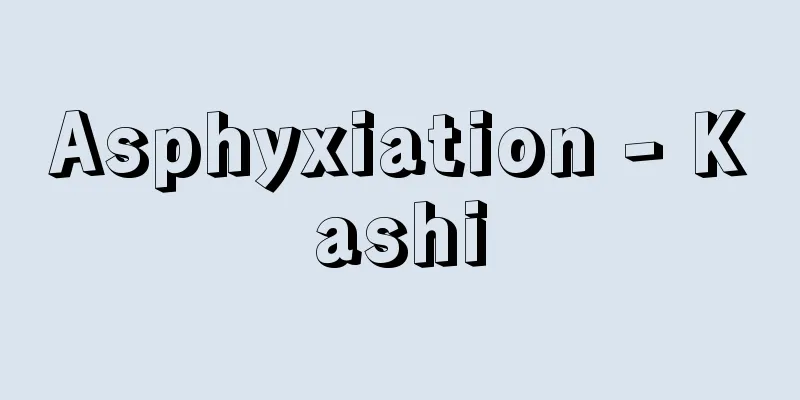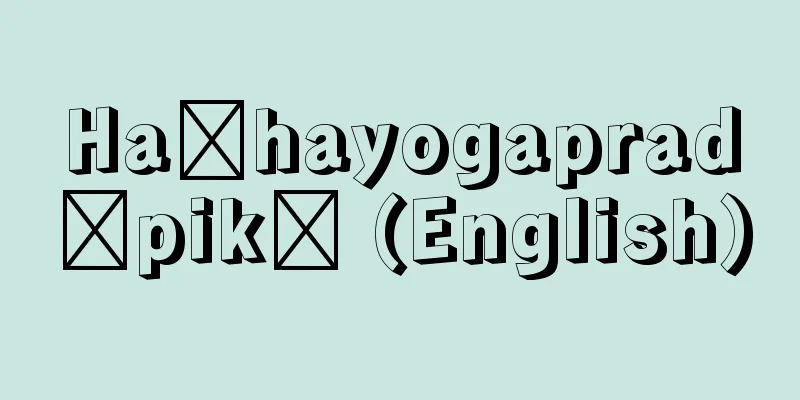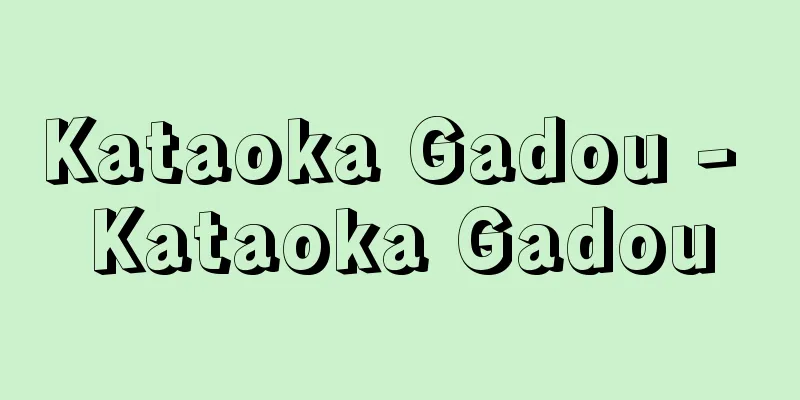Frugality Order - Kenyaku Rei
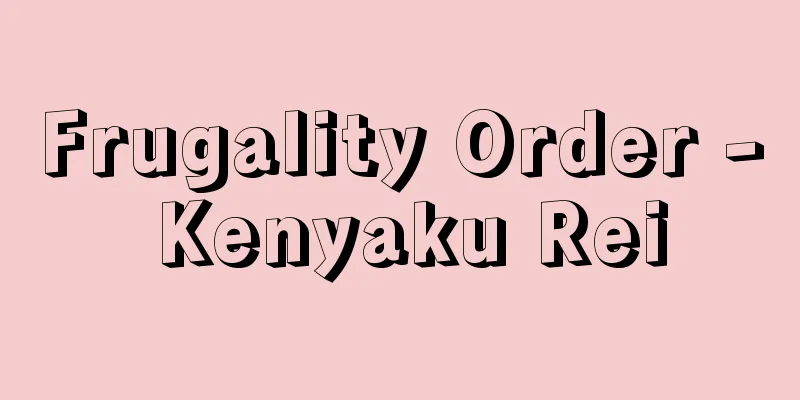
|
During the Edo period, the shogunate and various feudal domains frequently issued laws prohibiting extravagance. Before the Edo period, laws banning extravagance were called "bans on excessive spending," but in the Edo period they came to be generally called "frugality edicts." The Edo shogunate frequently ordered samurai and commoners to live frugally. The "Buke Shohatto" (laws for the warrior class) issued by successive shoguns also contained frugality clauses, and the "Keian Gofuregaki" (decree of the 1649th year of Keian) contained detailed regulations for farmers on frugality in food, clothing, and shelter. In addition, from the second half of the 17th century onwards, as townspeople's economic power grew, laws were frequently issued prohibiting extravagance. There were two types of thrift edicts: those simply intended to encourage frugality and prohibit extravagance, and those intended to tighten the shogunate's finances. The former, which aimed to maintain the social hierarchy of the samurai, farmers, artisans, and merchants and to curb extravagance beyond reason, were issued almost constantly from the beginning of the Edo period to the end of the Edo period. However, the extravagance banned by the shogunate was brought about by economic development and improvements in living standards through the expansion of commodity production from the second half of the 17th century onwards, so their effectiveness is highly questionable. On the other hand, thrift edicts aimed at tightening finances were particularly evident after the Kyoho Reforms (1716-1745), which were issued almost in parallel with the rise and fall of the shogunate's finances. In particular, after the issuance of the Financial Austerity Edict in 1783 (Tenmei 3), it was extended successively for periods of seven, five, or three years, and this legislation continued almost uninterrupted until the end of the Edo period. Generally speaking, during the so-called three great reform periods of the Kyoho, Kansei, and Tenpo eras, strict thrift edicts were implemented in conjunction with the Public Morals Control Edict. When various feudal domains also implemented reforms in their domain administration, thrift edicts were frequently issued to their samurai and subjects. [Makoto Takeuchi] Source: Shogakukan Encyclopedia Nipponica About Encyclopedia Nipponica Information | Legend |
|
江戸時代、幕府や諸藩が頻発した質素倹約に関する法令。江戸時代以前には奢侈(しゃし)禁止令を「過差(かさ)の禁」といったが、江戸時代に入って一般に倹約令と称するようになった。江戸幕府は士民に対してきわめて頻繁に質素倹約を命じている。歴代将軍の発した「武家諸法度(しょはっと)」にも倹約の条項があり、農民に対しても1649年(慶安2)の「慶安御触書(けいあんのおふれがき)」に衣食住の節倹に関する細かな規定があった。また町人に対しても、彼らが経済的に実力を伸長した17世紀後半以降、しきりにその奢(おご)りを禁ずる旨の法令が出ている。 倹約令には単に節約奨励、奢侈禁止を目的とするものと、幕府の財政緊縮を目的とするものとがある。前者は、これによって士農工商の身分秩序を維持し、分限を越えた奢侈を抑えようとするもので、幕初から幕末までほとんど常時発せられた。しかし幕府が禁じた奢侈とは、17世紀後半以降は商品生産の展開による経済の発展、生活の向上によりもたらされたものであったため、その実効性となると甚だ疑問である。一方、財政緊縮を目的とする倹約令は、幕府財政の消長とほぼ並行して享保(きょうほう)の改革(1716~45)以後とくに顕著にみられ、ことに1783年(天明3)に財政緊縮令が出てのちは、7年、5年、あるいは3年間の期限付きで次々に延長され、この法令はほとんど切れ目なく幕末に至っている。概して享保、寛政(かんせい)、天保(てんぽう)の、いわゆる三大改革期は、風俗取締令と絡めて、とくに厳重な倹約令が断行された。諸藩でも藩政改革が行われた際に、藩士や領民に対して倹約令が頻発された。 [竹内 誠] 出典 小学館 日本大百科全書(ニッポニカ)日本大百科全書(ニッポニカ)について 情報 | 凡例 |
Recommend
Qingdao to Qingdao
A port city facing Jiaozhou Bay, south of the base...
Hashidoi - Hashidoi
A deciduous tree of the family Oleaceae (APG clas...
Indirect assimilation policy
...a policy by a dominant group to assimilate oth...
Eastman Color
→Color film Source : Heibonsha Encyclopedia About ...
Nguyen Tu (English spelling)
...This novel, set in a specific era and featurin...
Amaranayaka - Amaranayaka
...It appears in the Arthashastra and means "...
Thassos [island] - Thassos
An island in the northern Aegean Sea, about 10 km ...
Mount Kamurosan
A mountain on the border between Yuzawa City, Akit...
Siphonaria laciniosa (English spelling) Siphonarialaciniosa
...They also lay gelatinous egg masses in the sha...
Wood ear mushroom (Auricularia auricula-judae)
A mushroom of the Basidiomycete family, Auriculare...
Old pine tree
(1) Noh piece. First piece: Waki no mono (suppo...
IMCO
Inter-Governmental Maritime Consultative Organizat...
Adoula, C. (English spelling) AdoulaC
...Lumumba, who tried to escape to his base in St...
First National City Corp. (English)
…Headquarters: New York. Founded in 1967 as a hol...
Cadmus and Hermione - Cadmus and Hermione
… On the other hand, the backlash against this co...



